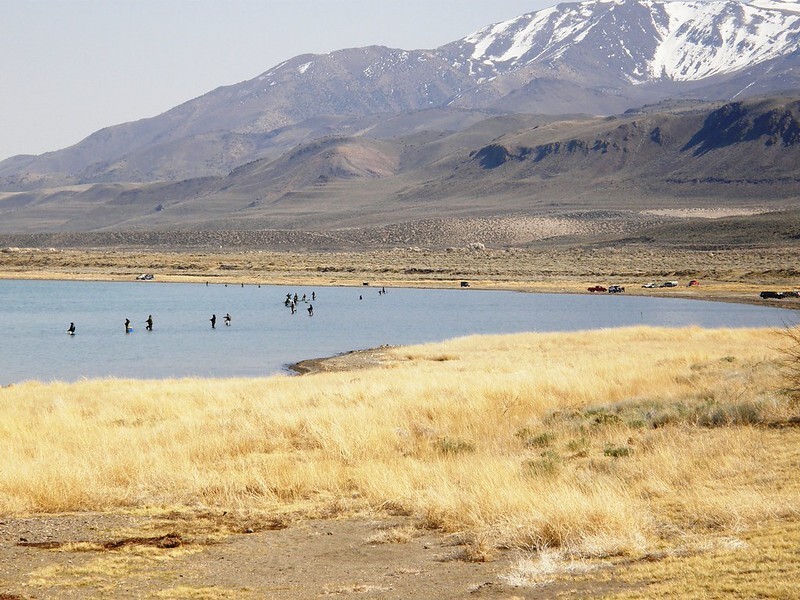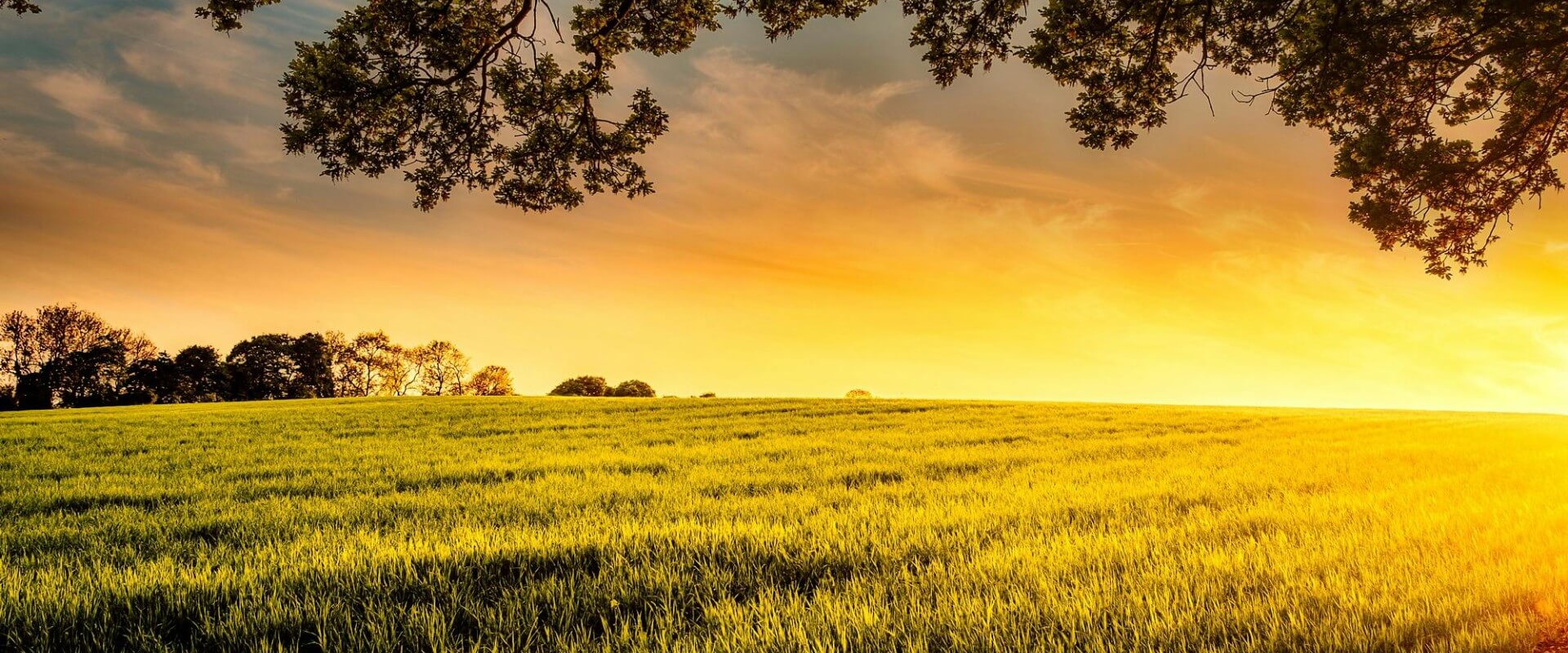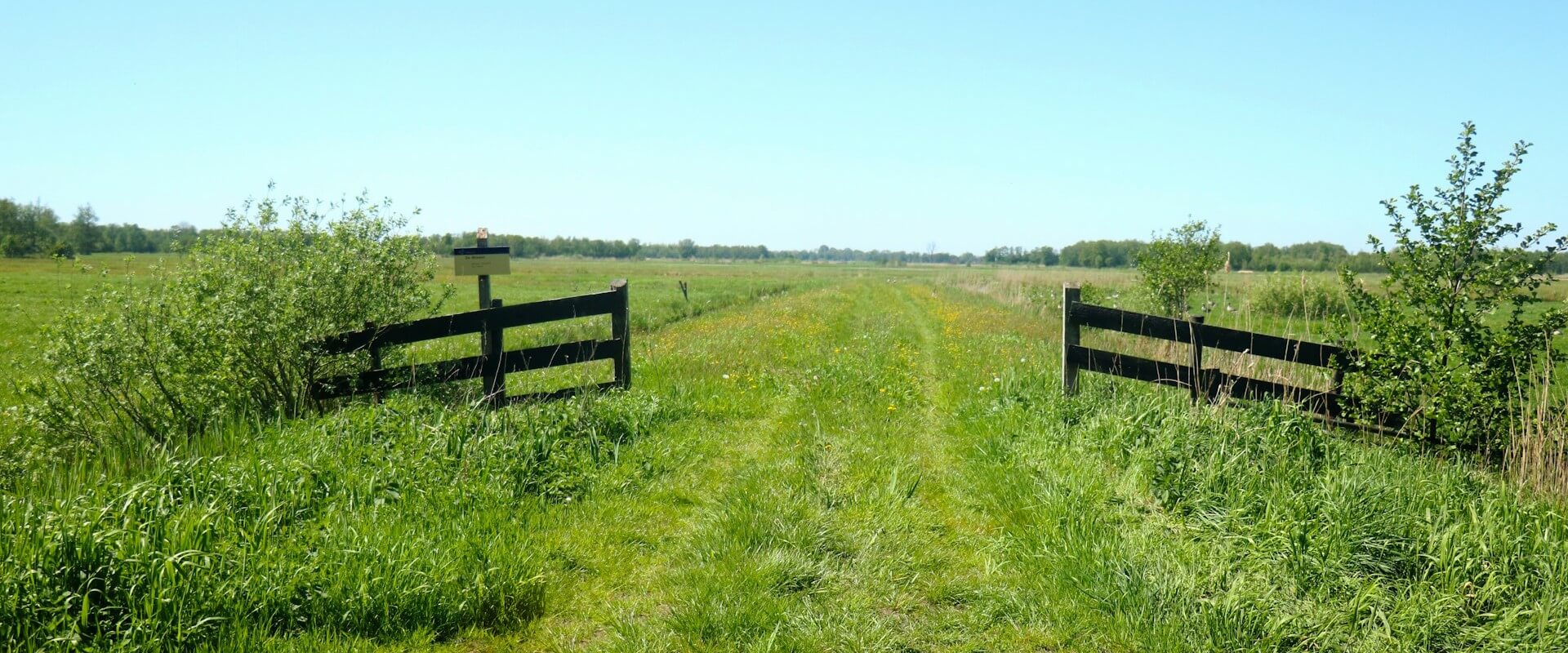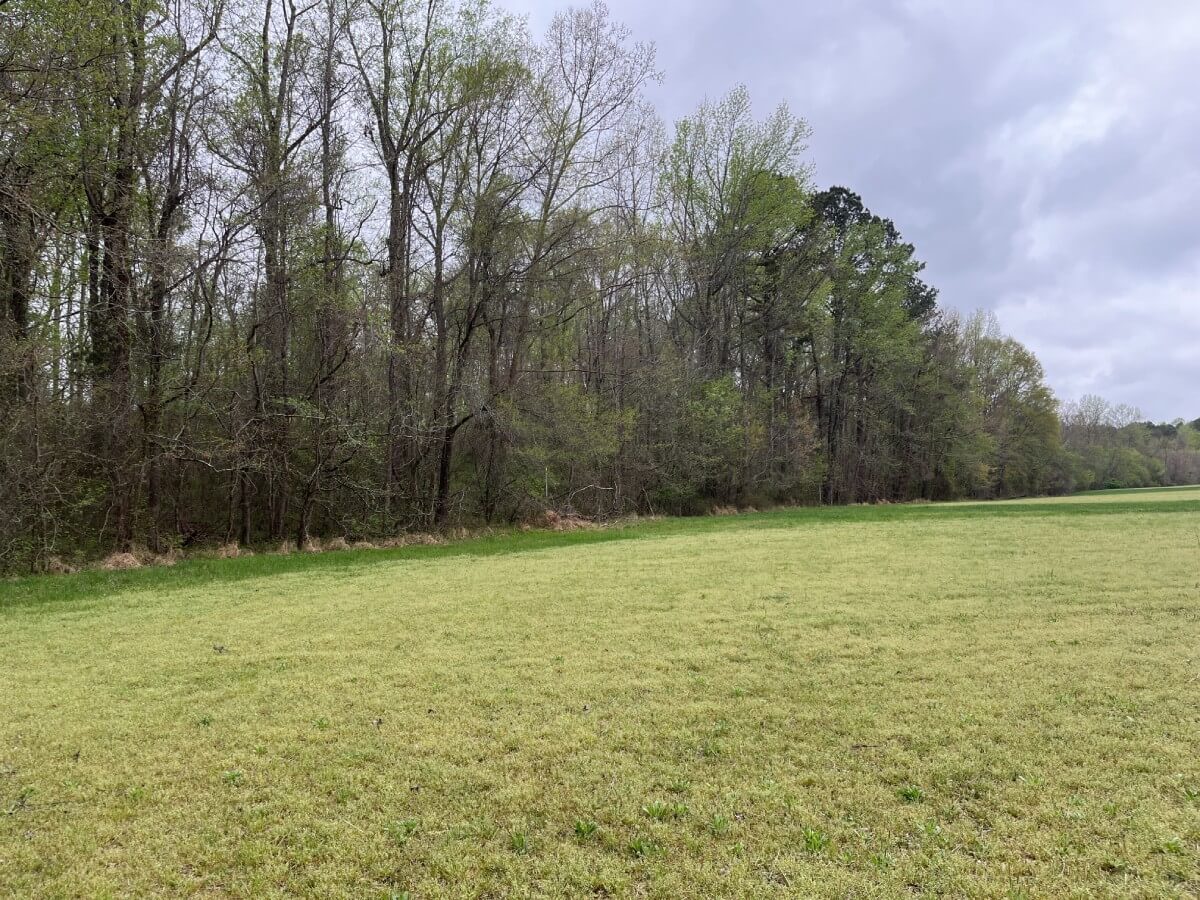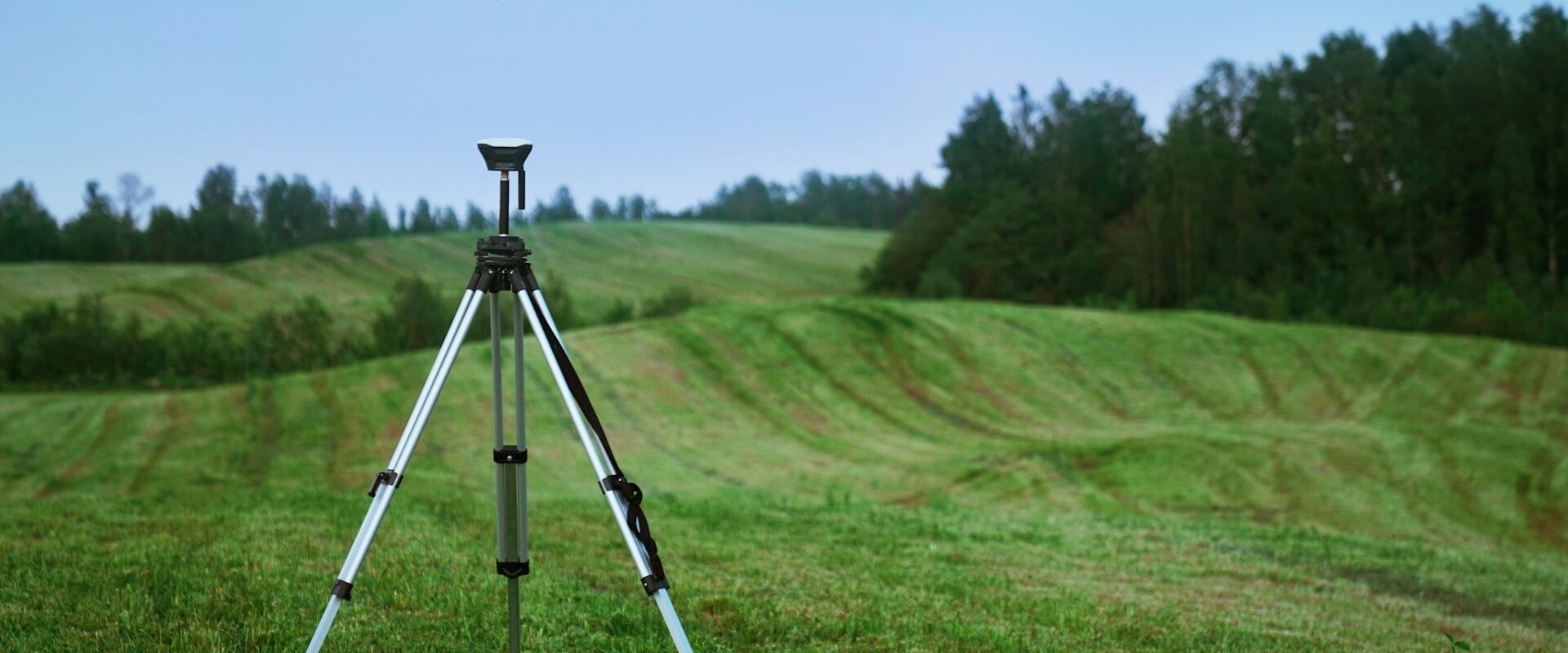No species better embodies the dramatic story of America and its relationship with nature than the Lahontan cutthroat trout. Once thought extinct in much of its historic range, this relic of the Ice Age has defied the odds. It is now making a remarkable comeback in one of its most iconic homes, Pyramid Lake, thanks to decades of scientific work, conservation efforts, and sheer resilience.
What are the origins of the Lahontan Cutthroat Trout?
Lahontan cutthroat trout trace their origins back to Lake Lahontan. Around 13,000 years ago, this was one of a few very large ancient lakes that covered much of the present-day western US during the Late Ice Age period. It's in this vast inland sea that the Lahontan cutthroat trout first evolved to be one of our largest native freshwater predators.

As the Ice Age ended and the climate warmed, Lake Lahontan receded, leaving behind a network of scattered lakes and streams. Stranded populations of Lahontan cutthroat trout adapted to these fragmented waterways, resulting in a few different subspecies.
Pyramid Lake became the largest of these scattered waterbodies. Over thousands of years, as it continued to shrink in size and depth, its salinity, turbidity, and alkalinity all rose to levels that would kill most trout. Yet the Pyramid Lake strain of Lahontan cutthroat not only adapted – they thrived.
These fish were remarkable survivors, adapting to harsh conditions while continuing to grow to impressive sizes. Some individuals surpassed 40 pounds, earning their place as the largest inland trout in North America.
Why was the Lahontan Cutthroat Trout important?
For centuries, the Paiute and Washoe people subsisted on the native Lahontan cutthroats, using spears and fishtraps to catch them. Smoked trout was generally a staple of their diet.
In the 1860s newly discovered silver lodes in the region attracted an influx of pioneers in search of fortunes. At first, the Paiute began to profit by selling smoked fish to these new arrivals.
To the new arrivals, the Lahontan cutthroat trout was a seemingly endless resource. After observing traditional fishing practices, a booming commercial fishery quickly emerged. Lahontan cutthroat began to appear on menus all over the western US, reaching as far as San Francisco.
But by the late 1800s and early 1900s, unsustainable harvests were putting heavy strain on the fishery, pushing it toward collapse.
What happened to the Lahontan Cutthroat Trout?
Pyramid Lake is an endorheic lake, meaning water flows in but doesn’t flow out. Water only leaves the lake through evaporation. In this one-way system, the Truckee River is its lifeline.
Stretching 121 miles between Lake Tahoe and Pyramid Lake, the Truckee River serves as a crucial spawning route for the Lahontan cutthroat trout. Its colder, more pristine headwaters provide the conditions these fish need to reproduce, making it not just a connector between lakes, but a lifeline for the survival of the species.
Despite their resiliency, the mounting pressures became too great. Overfishing, habitat loss, and a wave of dam construction along the Truckee River slowly unraveled the balance that had sustained the Lahontan cutthroat. In time, these stressors would push the Pyramid Lake population to extinction.
The problems on the Truckee really began in the 1870s, when a dam was built just downstream of Lake Tahoe. Soon eight more dams followed, altering the river’s flow and creating major barriers for the Lahontan trout’s seasonal spawn.
Then the Derby Dam was built in 1905. Located halfway between Tahoe and Pyramid Lake, this was the US Bureau of Reclamation’s first major irrigation project. The project enormously helped nearby farmers but it came at a steep ecological cost.
The water diversions caused by the Derby Dam lead to dramatic water level drops in Pyramid Lake. This not only created more physical barriers for migrating trout but also degraded the quality of the Truckee's in-stream habitat. The altered river flow disrupted natural processes, leading to poorer water quality and a rise in sedimentation throughout the system.
On top of habitat loss and overfishing, non-native species like brown and rainbow trout were introduced to the lake. These aggressive fish quickly began outcompeting the native Lahontan cutthroat, further straining an ecosystem already pushed to its limits.
By 1943, the once-thriving Pyramid Lake Lahontan cutthroat was declared extinct. Other populations across Nevada, California, and Oregon soon followed suit for similar reasons.
A Second Chance for the Lahontan Cutthroat Trout
For decades, conservationists believed the Pyramid Lake Lahontan cutthroat trout was lost forever. But in the 1970s, biologist Don Duff stumbled across an unusual looking cutthroat trout in a remote Utah stream. After sending a few specimens to the authority expert on trout, Dr. Robert Behnke, they soon realized it was the descendant of a Pyramid Lake Lahontan cutthroat.
This population had somehow survived in complete isolation in a remote section of Utah’s Pilot Peak range, thanks to earlier conservation efforts. Historical records from the Nevada Wildlife Commission revealed that in the early 1900s, a state-funded program had distributed Lahontan cutthroat eggs from Pyramid Lake to remote lakes and streams via train and horseback in hopes of establishing new populations.
Genetic testing in the 1990s later confirmed these fish were indeed descendants of the original Pyramid Lake giants.
The discovery launched an ambitious restoration effort. Scientists and biologists, led by the Pyramid Lake Paiute Tribe and the U.S. Fish and Wildlife Service, began reintroducing these trout to their ancestral waters. By 2006, Pilot Peak Lahontans were being stocked into Pyramid Lake.
The Pilot Peak strain was the last of its kind, having somehow survived decades of droughts, floods, and wildfires in complete isolation.
Tragically, just as efforts to return them to Pyramid Lake were gaining momentum, a wildfire swept through the Pilot Peak range and wiped out the remaining population. Without their remarkable and timely rediscovery, this would almost certainly have marked the end of the subspecies.

Photo of Pyramid Lake in Nevada by the Pyramid Lake Paiute Tribe
The Comeback of a Lifetime
Since their reintroduction, these trout have thrived, regaining their legendary size and reclaiming their role as Pyramid Lake’s apex predator. Anglers regularly report catching fish over 20 pounds. Some of the locals believe the 40-pound record could even be broken sometime soon.
But their return is about more than just record-breaking catches, it’s about restoring ecological balance. As the lake’s apex predator, Lahontan cutthroat trout help regulate prey populations like Tui chub and other forage fish. They play a major role in keeping both the food web and nutrient cycles of the lake in order.

Photo of a Lahontan Cutthroat Trout by the US Fish & Wildlife Service
But the work isn’t over. Climate change, habitat loss, and water scarcity remain serious threats to many native species of fish across the country. This includes many other species and subspecies of cutthroat trout.
The comeback of the Pyramid Lake Lahontan proves that with dedication (and a little luck), lost species can reclaim their place in the wild. For the Pyramid Lake Paiute, the return of this ancient trout is more than a conservation victory: it’s the restoration of a cultural icon and an important economic resource for their community.
More than just a fish story, the return of the Lahontan cutthroat is a powerful reminder of what’s possible when people with different histories and values unite around a common goal. In many ways, the journey of this trout mirrors the broader American experience. Its comeback reminds us that even in the face of loss, restoration is possible, and that our collective story is stronger when it includes all of our voices.
And to those that simply love to fish: it's a chance to catch a legend.
At Unique Places to Save, we’re working to help create more stories like the Lahontan Cutthroat Trout where nature thrives and communities benefit. Supporting, protecting, and accelerating these ecological recoveries is a part of our mission. Because every waterbody restored is a win for nature, for communities, and for future generations.
About the Author
Sam Warnock brings in-depth experience with ecosystem services, natural capital accounting, and environmental regulations based on his time spent in the private environmental sector and his education. His experience stems from projects related to regulatory permitting, chemical analysis, and EPA compliance. He has overseen a broad range of projects across the globe with a focus on environmental sustainability.
Learn MoreWe are a trusted partner for river conservation projects to restore habitats to their natural state
Learn More

